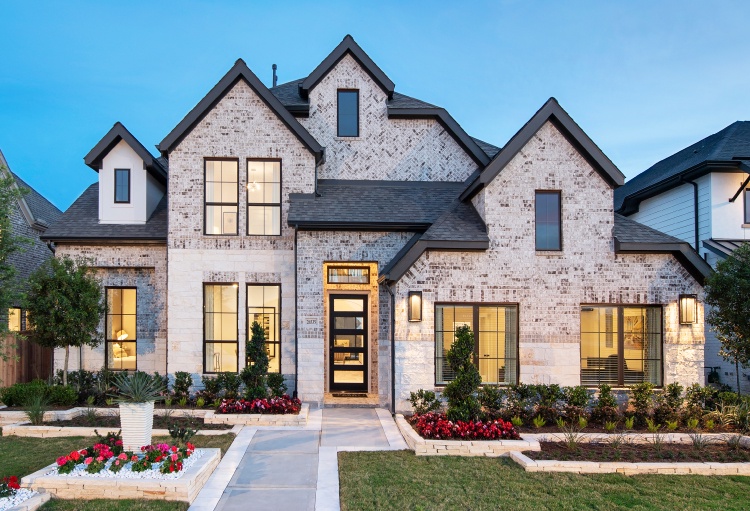In the realm of home improvement and construction, exterior house design holds a pivotal role in defining the character and curb appeal of your abode. It's the first impression your home makes, blending aesthetics, functionality, and harmony with the surrounding environment. Whether you're contemplating a renovation, building a new home, or simply seeking to refresh your home's facade, understanding the principles of exterior design can transform your space into a stunning visual statement. This guide delves into the essentials of exterior house design, offering inspiration and practical advice to elevate your home's appeal.
Understanding Exterior House Design
Exterior house design encompasses all elements visible on the outside of a home, including the architecture, materials, colors, landscaping, and complementary features like lighting and outdoor decorations. It's an art that balances aesthetic appeal with structural integrity, reflecting the homeowner's style while adhering to practical needs and local building codes.
Key Components of Exterior Design
-
Architectural Style: The foundation of your home's exterior, the architectural style, should reflect your personal taste and fit the character of the neighborhood. From classic Victorian or Colonial to modern minimalist or contemporary, each style has unique features that dictate the choice of materials, colors, and landscaping.
-
Materials and Textures: The durability and appearance of materials used for the siding, roofing, and accents play a significant role in your home's exterior appeal. Options range from traditional wood and brick to modern vinyl, fiber cement, and metal, each offering different textures and colors for a customized look.
-
Color Scheme: Color can dramatically impact the visual appeal of a home. Choosing the right color scheme enhances architectural details and complements the surrounding landscape. Consider the climate, as lighter colors reflect heat, while darker shades absorb it.
-
Landscaping and Outdoor Spaces: Thoughtful landscaping and well-designed outdoor spaces can enhance the overall aesthetic of your exterior design. From manicured lawns and flower beds to patios and outdoor lighting, these elements should harmonize with the home's architectural style and color scheme.
-
Windows and Doors: These are not only functional elements but also crucial to the home's visual appeal. Their design, color, and placement can add character and charm, while their quality impacts energy efficiency and security.
-
Lighting: Exterior lighting serves both aesthetic and practical purposes, highlighting architectural features and landscaping while ensuring safety and security. Strategically placed lights can create a welcoming ambiance and extend the enjoyment of outdoor spaces into the evening.
Design Trends and Inspiration
Staying abreast of current trends can inspire your exterior design project while ensuring your home remains stylish and up-to-date. Popular trends include mixing materials for a dynamic facade, incorporating sustainable and energy-efficient elements, and using bold color accents to add personality. However, while trends can guide your choices, the design should ultimately reflect your personal style and the home's setting.
Planning Your Exterior Design Project
-
Assess Your Home's Current State: Identify what you love about your home's exterior and what you wish to change. Consider the architectural style, materials, and any structural limitations.
-
Define Your Vision: Gather inspiration from design websites, magazines, and neighborhood walks. Create a mood board that reflects your desired style, color scheme, and materials.
-
Set a Budget: Be realistic about what you can afford to spend. Your budget will influence the scope of your project, from a full-scale renovation to simple updates like painting or landscaping.
-
Consult with Professionals: For significant changes, it's wise to consult with architects, designers, and contractors. These experts can offer valuable advice, ensure compliance with local regulations, and help bring your vision to life.
-
Plan for the Future: Consider how your design choices will age over time, both in terms of style and maintenance. Opting for timeless designs and durable materials can ensure your home remains appealing and functional for years to come.
Conclusion
Exterior house design is a multifaceted endeavor that enhances the beauty, value, and functionality of your home. By understanding the key components of design, staying inspired by trends, and planning carefully, you can create an exterior that reflects your style and stands the test of time. Whether embarking on a major renovation or making subtle updates, each decision is a step toward realizing the home of your dreams, with a facade that welcomes you back time and again.


No comments yet